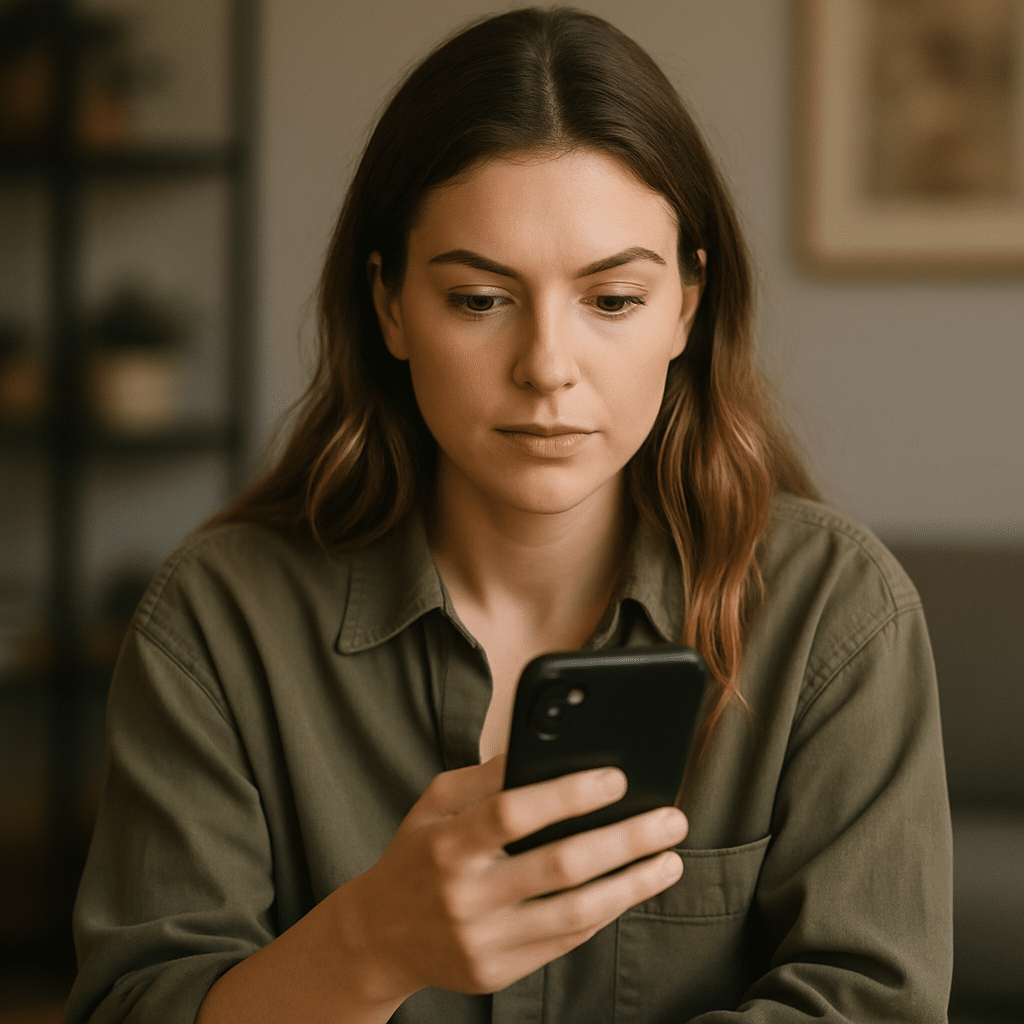In the evolving landscape of digital marketing, the debate between building always-on influencer programs and campaign-only approaches is more relevant than ever. While both strategies have their merits, understanding their differences and potential can transform your marketing success. This article dissects these approaches, providing you with an informed pathway to choose the best for your brand. Are you ready to redefine your strategy?
The Rise of Always-On Influencer Programs
Always-on influencer programs have restructured how brands engage with their audiences. Gone are the days of one-off collaborations. Instead, continuous influencer partnerships provide a steady stream of authentic content. According to a 2023 HubSpot study, brands using always-on strategies saw a 32% increase in year-over-year engagement. This sustained connection builds trust and fosters brand loyalty, proving its value time and again.
Benefits of Campaign-Only Approaches
While always-on programs offer consistency, campaign-only approaches are not without their strengths. Focused, time-bound campaigns can create buzz, drawing sharp attention to new product launches or special promotions. These targeted efforts, reported by Influencer Marketing Hub, can result in up to a 40% spike in short-term sales, providing an excellent return on investment if executed correctly.
Cost Efficiency: Long-Term vs. Short-Term
Budget allocation remains a critical consideration for marketers. Always-on programs may initially seem costly due to their ongoing nature. However, they often yield higher lifetime value by promoting brand affinity and customer retention. In contrast, campaign-only strategies, while requiring lower upfront costs, may necessitate frequent spending to maintain visibility. A 2024 survey by Harvard Business Review highlighted that brands combining both strategies saw the best cost efficiency.
Audience Engagement and Content Creation
The key to maximizing influencer marketing lies in audience engagement. Always-on programs nurture deeper connections, offering insights into consumer preferences and enabling more tailored content. For instance, Glossier, a beauty brand, leverages ongoing influencer relationships to co-create products, resulting in high levels of user engagement. Campaign-based efforts, while impactful, often lack the personal touches that resonate with modern consumers.
Data-Driven Decisions in Influencer Marketing
Making informed decisions requires robust data analysis. Always-on programs allow brands to gather continuous insights into audience behavior, preferences, and emerging trends. This data can be invaluable for refining marketing strategies. Meanwhile, campaign-only approaches benefit from periodic data reviews to optimize upcoming efforts. Thus, data remains cornerstone regardless of the approach.
Finding the Perfect Balance for Your Brand
Ultimately, the choice between always-on programs and campaign-only approaches depends on your brand’s goals. Marketers often find a hybrid strategy most effective, blending the constant brand presence of always-on programs with the energy of periodic campaigns. Experimentation and adaptability are key, ensuring your influencer strategy remains aligned with consumer expectations and market dynamics.
In conclusion, as you evaluate your influencer marketing strategies, remember that both always-on and campaign-only approaches offer unique advantages. The right path may involve a combination of both, ensuring continuous engagement and periodic excitement. Choose wisely, and let your influencers amplify your brand’s voice uniquely.
Frequently Asked Questions
-
What is an always-on influencer program?
An always-on influencer program is a continuous partnership with influencers, ensuring ongoing content creation and brand engagement.
-
How do campaign-only influencer approaches work?
Campaign-only approaches involve short-term collaborations with influencers, usually centered around a specific event or promotion.
-
Which is more cost-effective: always-on or campaign-only?
While always-on programs require an upfront investment, they often lead to higher long-term engagement, whereas campaign-only approaches offer quick returns for limited investment.
-
Can I combine both strategies?
Yes, many brands find that a hybrid approach, utilizing both always-on and campaign strategies, maximizes their reach and impact.
-
How can data inform my influencer strategy?
Data allows for insights into consumer behavior and campaign performance, guiding strategic adjustments to enhance the effectiveness of both always-on and campaign approaches.
